Making the trading system work for Africa
The African Continental Free Trade Area could trigger a new era in intra-African trade.

By Mukund Dhar, Africa Interest Group Leader
As our last edition of Africa Focus was published in September 2020 in the midst of the COVID-19 pandemic, some progress had been made on the development, trial and authorization of COVID-19 vaccines. However, there was no assurance of efficacy or effectiveness, and there was profound uncertainty in our personal and professional lives, with unprecedented upheaval in the global economy.
This spring 2021 issue comes to you in a changed environment: Multiple vaccines have been approved; millions of vaccine doses are being manufactured and administered every day; and a return to normality feels no longer like a matter of hope, but of time. Therefore, while uncertainty in our lives and disruption in the global economy continues, we can perhaps permit ourselves to review the business and legal environment in Africa with a renewed sense of cautious optimism and against the backdrop of groundbreaking changes that raise important issues for companies and financial institutions doing business in Africa.
Nearly the entire African continent is involved with the African Continental Free Trade Area (AfCFTA), a single trade and investment market with a combined GDP of close to US$3.4 trillion. Trading under these new arrangements started on January 1, 2021. At the same time, development finance institutions have mounted a robust response to the COVID-19 pandemic by harnessing support from international investors and aggressively funding infrastructure and development. Several sectors of Africa’s economy continue to offer private equity and venture capital investment opportunities, while multilateral development banks are successfully supporting post-COVID recovery and growth in key African sectors. Meanwhile, innovative technologies and new approaches to decommissioning mining assets are transforming Africa’s mining industry and enabling sustainable exits.
This sixth edition of Africa Focus begins with "Making the trading system work for Africa," which explains how AfCTA's plan for virtually all African nations to open their markets to each other may have arrived at exactly the right time to spark change. "African development finance institutions" discusses how African DFIs are achieving positive impacts by funding recovery responses, leading the way with sustainable lending and attracting commercial lenders to African markets.
The article "Private equity in Africa: Trends and opportunities in 2021" highlights several industries in Africa that remain attractive private equity and venture capital destinations, particularly for those focused on long-term investments, and "Ensuring sustainable exits from African mining" discusses how mining companies can improve the ways they decommission and close their operations as well as factors that mining companies, regulators and other stakeholders can consider when formulating rules to reflect environmental, social and governance principles.
In "European multilateral development banks in sub-Saharan Africa," we examine how multilateral development banks, including the European Investment Bank, the European Bank for Reconstruction and Development and others, are collaborating with other key stakeholders and acting as catalysts for growth.
Finally, in "African mining 4.0: An innovative sunrise for African miners," we discuss how new transformative technologies, rapidly becoming available to the mining industry, are ushering in a new era of increased productivity, efficiency, safety and growth for miners.
We welcome your suggestions for any topics to review in our upcoming issues. For now, we hope this issue of Africa Focus helps you navigate the rapidly changing business landscape and explore current opportunities for doing business and investing in Africa.
The African Continental Free Trade Area could trigger a new era in intra-African trade.
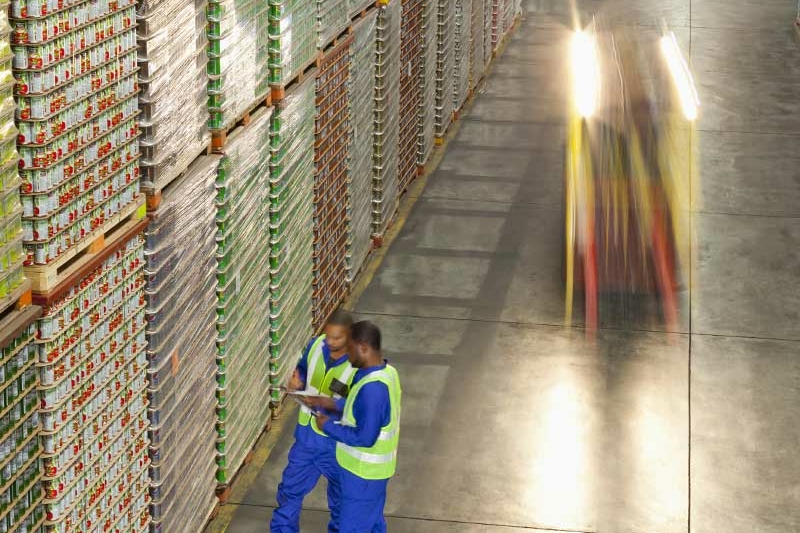
Rising to challenges, funding a recovery response and leading the way to sustainable lending.
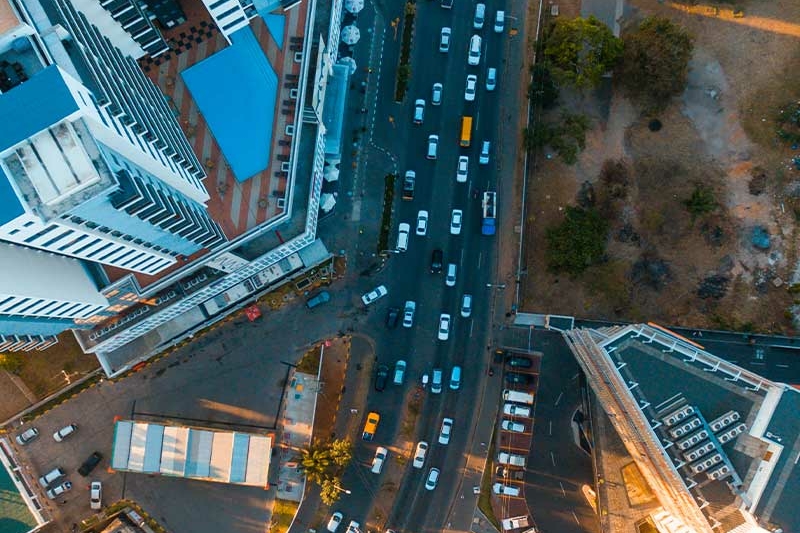
Despite challenges, Africa remains an attractive PE and VC investment destination.
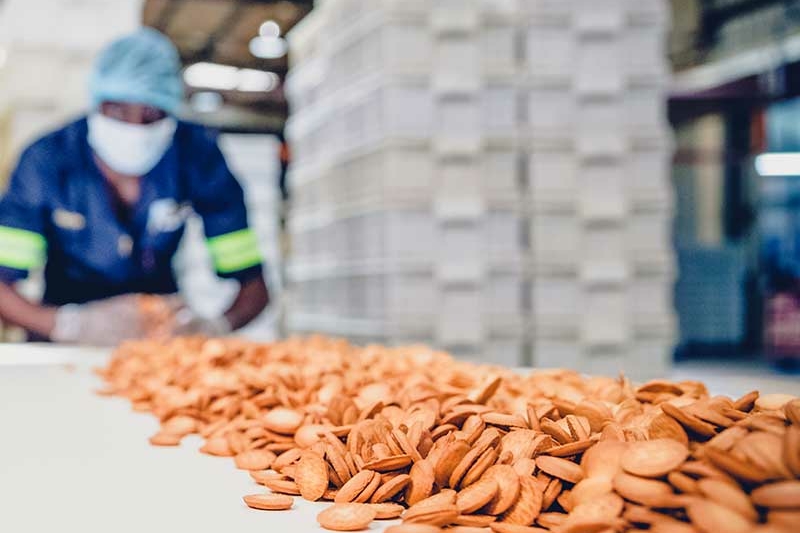
The development of mine decommissioning and closure laws.
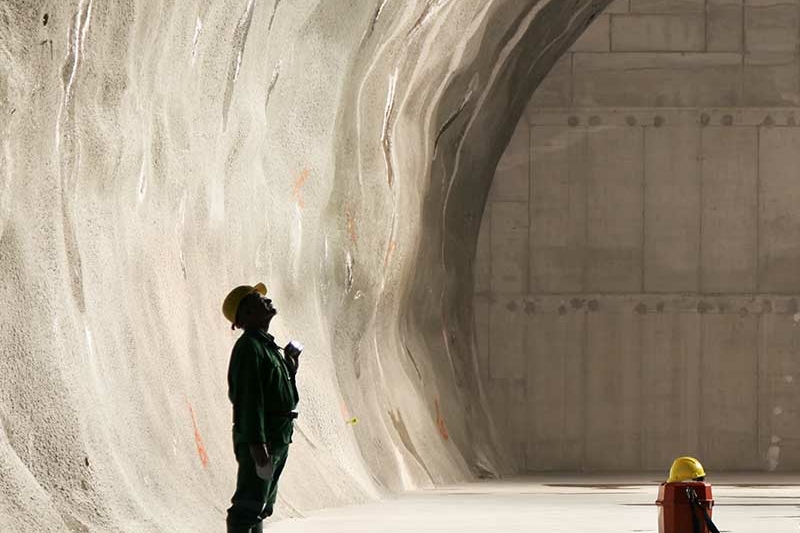
Supporting post-COVID recovery and growth in key sectors.
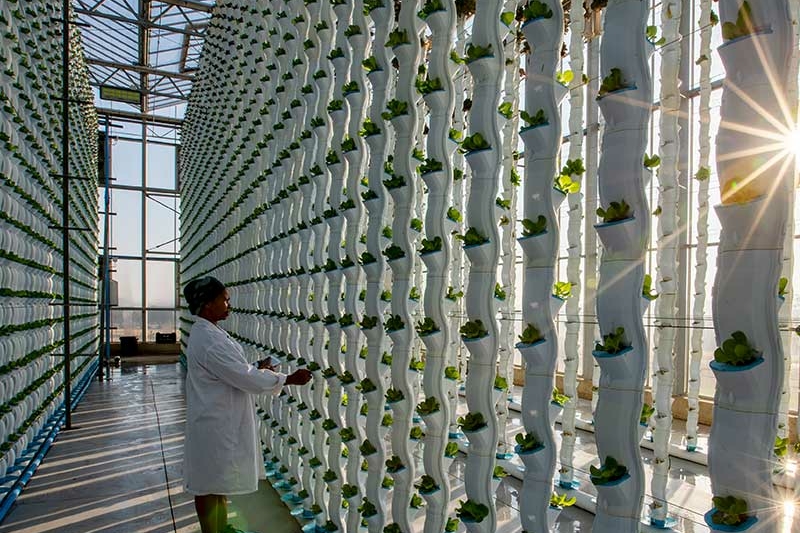
Transformative technologies are ushering in a new era of efficiency, safety and growth.

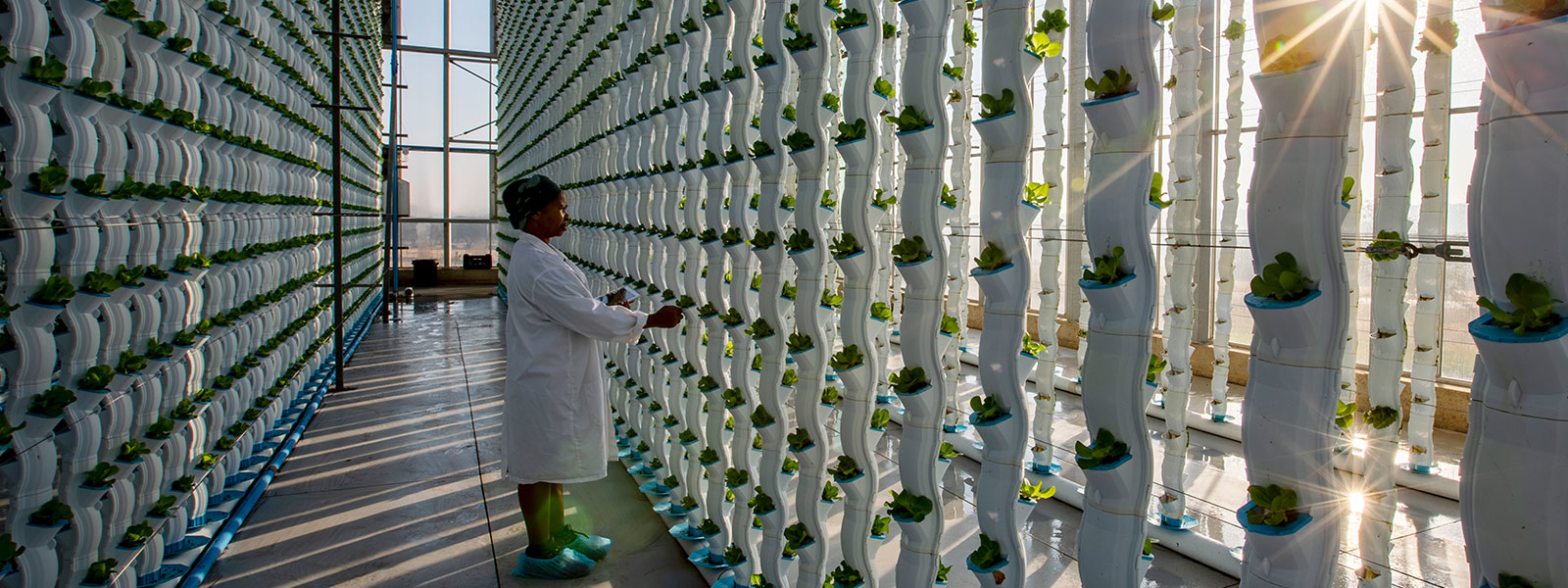
Supporting post-COVID recovery and growth in key sectors
Subscribe to receive Africa Focus
World in Transition
Our views on changing dynamics in energy, ESG, finance, globalization and US policy.
A range of multilateral development banks (MDBs) have been active in Africa for several decades.
This article considers recent developments concerning the European MDBs, the European Investment Bank (EIB) and the European Bank for Reconstruction and Development (EBRD) in sub-Saharan Africa.
The EIB significantly increased its engagement in Africa, providing €4 billion to support public and private investments across the continent in 2020.
The EIB is a publicly owned international financial institution, whose shareholders are member states of the European Union. It was established in 1958 under the Treaty of Rome. As a "policy bank," the EIB uses its financing operations to further EU policy goals.
Although the EIB has been active in Africa for many years, it has significantly increased its engagement in recent years, providing €4 billion to support public and private investments across the continent in 2020 alone, a 25 percent increase from 2019.
The EIB has offices in nine African countries (see Figure 1), where it works to accelerate and expand investments that deliver on the United Nations' Sustainable Development Goals (SDGs), with a particular focus on tackling climate change and creating employment opportunities. According to Werner Hoyer, President of the EIB, "Africa is a key priority for the European Union and the European Investment Bank," and the EIB's global technical, sectoral and financial experience enhances the impact its engagement can have in Africa.1
In addition to its direct lending, the EIB has provided more than €12 billion of new financing in Africa in recent years in cooperation with other European and international development finance institutions, including the African Development Bank (AfDB), the World Bank, the EBRD, and development finance agencies of the Netherlands, France and Germany.
Boost Africa is a joint initiative of the AfDB and the EIB, with financial support provided by the European Commission and the Organisation of African, Caribbean and Pacific States Secretariat (OACPS). Boost Africa seeks to enable African companies to become globally competitive. It focuses on sectors—such as information communications technology, agribusiness, financial services and financial inclusion, health, education and renewable energy—where innovations, especially in the digital sphere, can improve the quality of people's lives.
In contrast to the EIB, the EBRD is a relative newcomer to Africa, especially to sub-Saharan Africa.
Established in 1991, the EBRD was founded to help former communist countries of Central and Eastern Europe transition to market economies following the end of the Cold War. Unique among MDBs, the EBRD's mandate, codified in Article 1 of the Agreement Establishing the EBRD, includes assistance only to countries that are "committed to and applying the principles of multi-party democracy [and] pluralism." This distinct contribution is grounded in a focus on fostering private sector development, combining investment, policy and technical assistance in a single management and incentive structure, with the ability to make selective interventions in the public sector.
In addition to ensuring that these principles are applied in the countries where it operates, the EBRD's current strategic focus is on supporting the private sector in the "green" low-carbon economy, promoting equality of opportunity and accelerating digital transition.2 In October 2020, the EBRD's Board of Governors elected Odile Renaud-Basso as the seventh president of the EBRD. The EBRD's new five-year strategy looks beyond the pandemic to what needs to be achieved in order to sustain member countries' progress in achieving the SDGs. Some ideas being discussed include challenging itself to do more with impact investors, as well as implementing new instruments (such as thematic funds) and new uses of old instruments (such as guarantees).3
The EIB is a shareholder of the EBRD.4 Initially focused tightly on Central and Eastern Europe, the EBRD has expanded its scope in recent years to 38 countries, many of which fall in the EBRD's southern and eastern Mediterranean region.5
One of only two major MDBs currently expanding its shareholder base, the ERBD is owned by 69 countries, including four from North Africa: Egypt, Libya, Morocco and Tunisia.6 Algeria's membership was approved in 2020.7 The EBRD also intends to further expand its activities in sub-Saharan Africa.8
46%
of the funds the EBRD disbursed in 2019 were invested in projects related to the "green economy."
(EBRD Annual Review 2019)
The EBRD and EIB are two of 12 MDBs, with the International Monetary Fund (IMF), that are collaborating to help finance the SDGs. The twelve institutions launched their first-ever joint report in December 2020, noting that they had funded a global response package of US$230 billion during 2020-2021 to reduce the impact of the COVID-19 pandemic, of which US$75 billion will be directed to the world's poorest countries in 2021.
Expanding the scope of the EBRD's activities in Africa, particularly in sub-Saharan Africa, was a priority of the previous president, Suma Chakrabarti, who stated in 2020: "We think there is a case for limited and incremental expansion into sub-Saharan Africa, and we will be putting that case to our shareholders."9 The EBRD is also looking to partner with development finance institutions (DFIs) and other active participants in sub-Saharan Africa, and intends to focus on countries closely integrated with those where it currently operates.10
Several leading MDBs have overt sustainability objectives and are expected to play a crucial role in the energy transition. In 2019, 46 percent (approximately €4.6 billion) of the funds the EBRD disbursed were invested in projects related to the "green economy."11 By 2025, the EBRD intends that the majority of its business volume will be "green," with a particular focus on climate finance.12 An example of this focus is the EBRD's innovative Sustainable Energy Financing Facilities (SEFFs), which the EBRD uses to extend credit lines to local financial institutions that seek to develop sustainable energy financing products.
Financing for sustainable energy projects is provided in two key areas: energy efficiency and small-scale renewable energy. Local financial institutions on-lend the funds they receive from the EBRD to their clients, which include small- and medium-sized businesses, corporate and residential borrowers, and renewable energy project developers.13 Given Africa's significant power generation shortfall, SEFFs seem to be an approach that aligns very well with the continent's development priorities and in support of the energy transition.
The EIB has had a presence in several African countries for many decades, and the EIB is clearly committed to accelerating these activities. The EBRD's expansion into sub-Saharan Africa is a noteworthy development. We understand the EBRD intends to discuss this initiative further at its 30th Annual Meeting in June 2021.14
We anticipate further collaboration between MDBs and other key stakeholders in sub-Saharan African countries and, as a result, expect to see increased focus on private sector participation across key sectors that will act as a catalyst for growth.
1 https://www.eib.org/en/press/all/2020-066-eib-confirms-eur-3-billion-of-new-investment-across-africa-in-2019
2 https://www.ebrd.com/what-we-do/strategy-capital-framework
3 https://www.ebrd.com/news/speeches/putting-climate-and-the-environment-at-the-core-of-ebrd-activity.html
4 https://www.eib.org/en/about/governance-and-structure/shareholders/index.htm
5 https://www.ebrd.com/about-the-semed-region.html
6 https://www.ebrd.com/shareholders-and-board-of-governors.html
7 https://www.reuters.com/article/ebrd-algeria-idAFL5N2EL2BE
8 https://www.ebrd.com/news/2016/creating-green-financial-markets-in-africa-.html
9 https://www.reuters.com/article/ebrd-growth/ebrd-shareholders-set-for-vote-on-africa-expansion-in-may-president-idUSL8N2AL4MY
10 https://www.ebrd.com/what-we-do/strategy-capital-framework
11 https://2019.ar-ebrd.com
12 https://www.ebrd.com/what-we-do/get.html
13 https://www.ebrd.com/what-we-do/sectors-and-topics/sustainable-resources/seffs.html
14 EBRD Strategic and capital framework, 2020-2025
15 https://projects.worldbank.org/en/projects-operations/project-detail/P167183
White & Case means the international legal practice comprising White & Case LLP, a New York State registered limited liability partnership, White & Case LLP, a limited liability partnership incorporated under English law and all other affiliated partnerships, companies and entities.
This article is prepared for the general information of interested persons. It is not, and does not attempt to be, comprehensive in nature. Due to the general nature of its content, it should not be regarded as legal advice.
© 2021 White & Case LLP